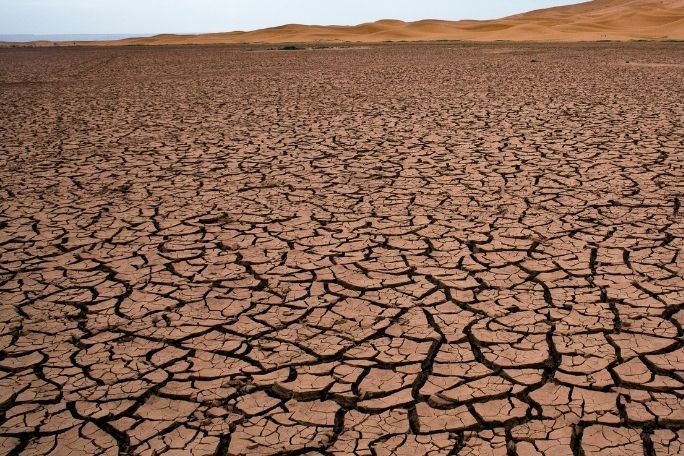Lesson summary
This lesson enables teachers to guide students through a study of the effects of the El Nino and La Nina weather cycle on food production and future land productivity in Australia. The focus region is Queensland. Activities include working with climate statistics, interpreting meteorological data and making graphs and charts. This lesson meets selected Australian Curriculum outcomes for Years 9 and 10 in the subject of Geography.
Learning intentions:
Students will...
- gain an understanding of the implications of weather cycles on food production in Australia
- consolidate their skills in working with meteorological data
- develop skills in presenting temperature and rainfall data using a climograph.
Lesson guides and printables
Lesson details
Curriculum mapping
Australian Curriculum content descriptions:
Year 9 Geography:
- The challenges to food production, including land and water degradation, shortage of fresh water, competing land uses, and climate change, for Australia and other areas of the world (ACHGK063)
- The capacity of the world’s environments to sustainably feed the projected future population to achieve food security for Australia and the world (ACHGK064)
- Evaluate multi-variable data and other geographical information using qualitative and quantitative methods, and digital and spatial technologies as appropriate, to make generalisations and inferences, propose explanations for patterns, trends, relationships and anomalies, and predict outcomes (ACHGS067)
Year 10 Geography:
- The human-induced environmental changes that challenge sustainability (ACHGK070)
- Evaluate multi-variable data and other geographical information using qualitative and quantitative methods and digital and spatial technologies as appropriate to make generalisations and inferences, propose explanations for patterns, trends, relationships and anomalies, and predict outcomes (ACHGS076)
General capabilities: Numeracy, Critical and creative thinking.
Cross curriculum priority: Sustainability OI.1, OI.2.
Syllabus Outcomes: GE5-2, GE5-3, GE5-5, GE5-7.
Time needed: 65 minutes.
Resources required
- Internet
- Student Worksheet
Additional info
This lesson has been created in partnership with WWF-Australia. Earth Hour is the world’s largest community-driven climate change campaign. At the centre of Earth Hour is switching off lights to show a commitment to taking action. Thousands of teachers use Earth Hour’s education program to enrich their curriculum and provide pathways for young people to create change in their world.
For the most up to date Earth Hour dates, times, and events, check here.


Welcome back!
Don't have an account yet?
Log in with:
By signing up to Cool.org you consent and agree to Cool's privacy policy to
store, manage and process your personal information. To read more, please see
our privacy policy here(Opens in new tab).
Create your free Cool.org account.
Many of our resources are free, with an option to upgrade to Cool+ for premium content.
Already have an account?
Sign up with:
By signing up to Cool.org you consent and agree to Cool's privacy policy to
store, manage and process your personal information. To read more, please see
our privacy policy here(Opens in new tab).